Warming up after cold water swimming
Half way through my fourth winter of wild swimming, I finally feel that I have nailed warming up after cold water swimming. Getting to this point has been a long process of trial and many, many errors. So, for anybody just starting out with cold water swimming, particularly in the winter, I wanted to share what has worked and what hasn’t. Logic dictates that a hot drink, a hot water bottle and a hot car are the way to go to increase body temperature. But ironically, that was the worst thing for me to do immediately after a swim.
Warming up after cold water swimming: Getting dressed
Getting dressed after a cold water swim needs to be quick and easy. Particularly when both air temperature and water temperature are very low. Bear in mind that your hands won’t be working as normal. You may be dressing on the side of a pool, lake or river or in a car park. So, something that you can get into without too much fuss or flashing is ideal. I find a changing robe really helpful. In cool air temperatures, the best type of changing robes are the warm, windproof ones with an outer layer rather than just towelling. I advise taking something to stand on while you change. A baby changing mat, picnic blanket or swimming float all do the trick.
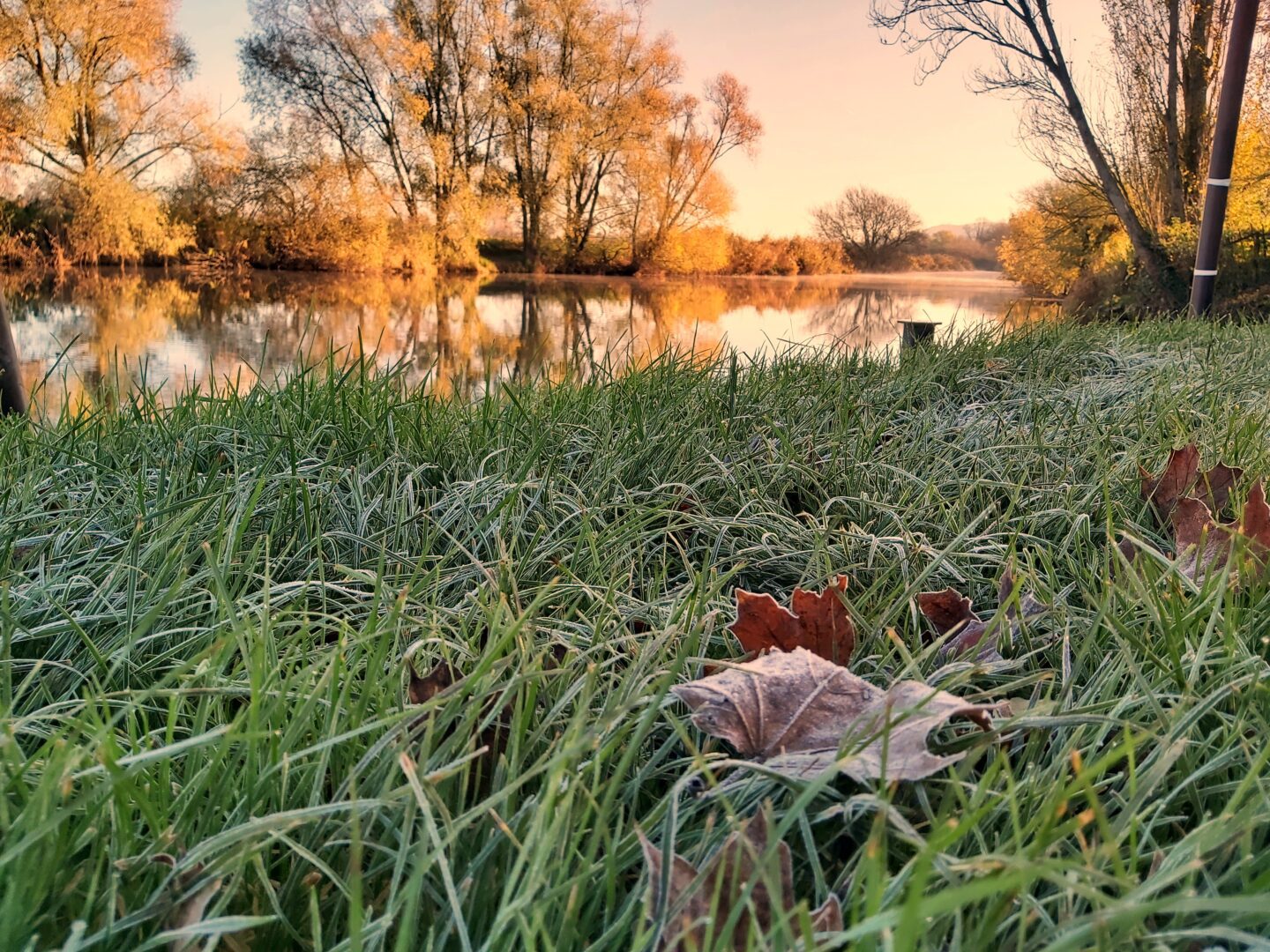
What to wear after cold water swimming
- Hat: Putting a wooly hat on immediately after getting out of the water makes a huge difference.
- Changing robe: The warmer the better. If you know your hands don’t work well on the zip after a swim, leave the bottom of your changing robe done up when you get in the water so that when you get out, you can step straight into it.
- Towel: Preferable, particularly for drying feet before putting socks on but I often forget to bring one.
- Underwear: Optional. If your hands aren’t working, don’t put it on.
- Warm socks: Non-negotiable – one layer socks only; two layer socks get into a tangle when you have cold hands.
- Trousers: Easy to put on tracksuit bottoms or ski trousers.
- T-shirt or vest top: This is a base layer and you should be able to step into it and put it on from the feet up. This means you don’t have to remove your changing robe to get this layer on.
- Warm jumper: The warmer the better.
- Warm coat: Waterproof on a wet or foggy day.
- Gloves or mittens: The bigger and woolier the better. I have huge thick mittens that I only wear for after swimming. Not having to put fingers into specific holes makes it a lot easier so I prefer mittens to gloves for immediately after a swim.
- Warm boots: Optional but helpful.
What order to get dressed in
- Changing robe on
- Wooly hat on
- Swimming costume off
- Quick towel dry if you have remembered a towel (I have no idea why this is so hard but I forget 50% of the time)
- Underwear (optional)
- Socks
- Top (step into it)
- Trousers
- Boots or shoes
- Changing robe off
- Warm jumper
- Coat
- Gloves
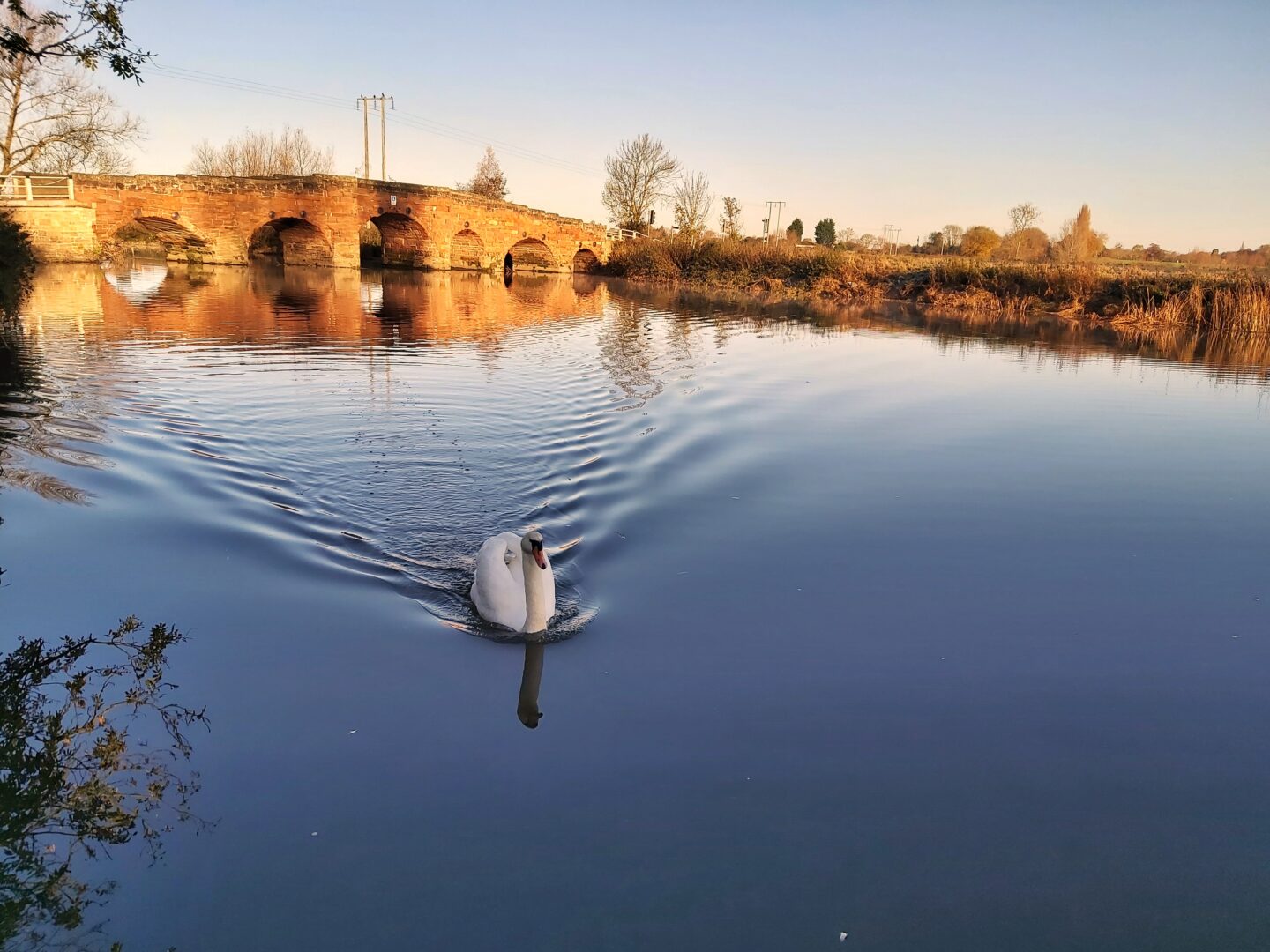
Warming up after cold water swimming: What to do after getting dressed
When we swam through our first winter, my swimming buddy and I took the classic approach to warming up. Get dried and dressed then sit in the car with the heater and heated seats on and have a hot drink. Hot water bottles optional. It was not pleasant. We spent a considerable amount of time violently shivering before we started to warm up. Even then, we weren’t properly warm and would often remain quite cold until getting into a warm bath or shower quite a long time later. But we thought it was the only option.
Walking
I’m not sure how or why, but last winter we started to walk straight after a swim. As soon as we were dry and dressed, we’d set off on a fast walk. We’d bundle up in all the layers we could and walk until we started to feel a more normal temperature. This may seem counter intuitive when it’s cold outside. Why not get quickly into a warm car or building with a hot water bottle and a hot drink to warm up?
The answer is, I don’t know why. But warming up by walking has been a complete game changer. Slowly but surely, we would start to feel a normal temperature. It usually takes about 15 minutes of walking (at a guess, I haven’t timed it). The violent shivering has stopped. Feeling cold all day has stopped and it is a much more pleasant experience all round. In fact, we both feel that the walk is a pleasant extension to the swim, rather than something that has to be endured.
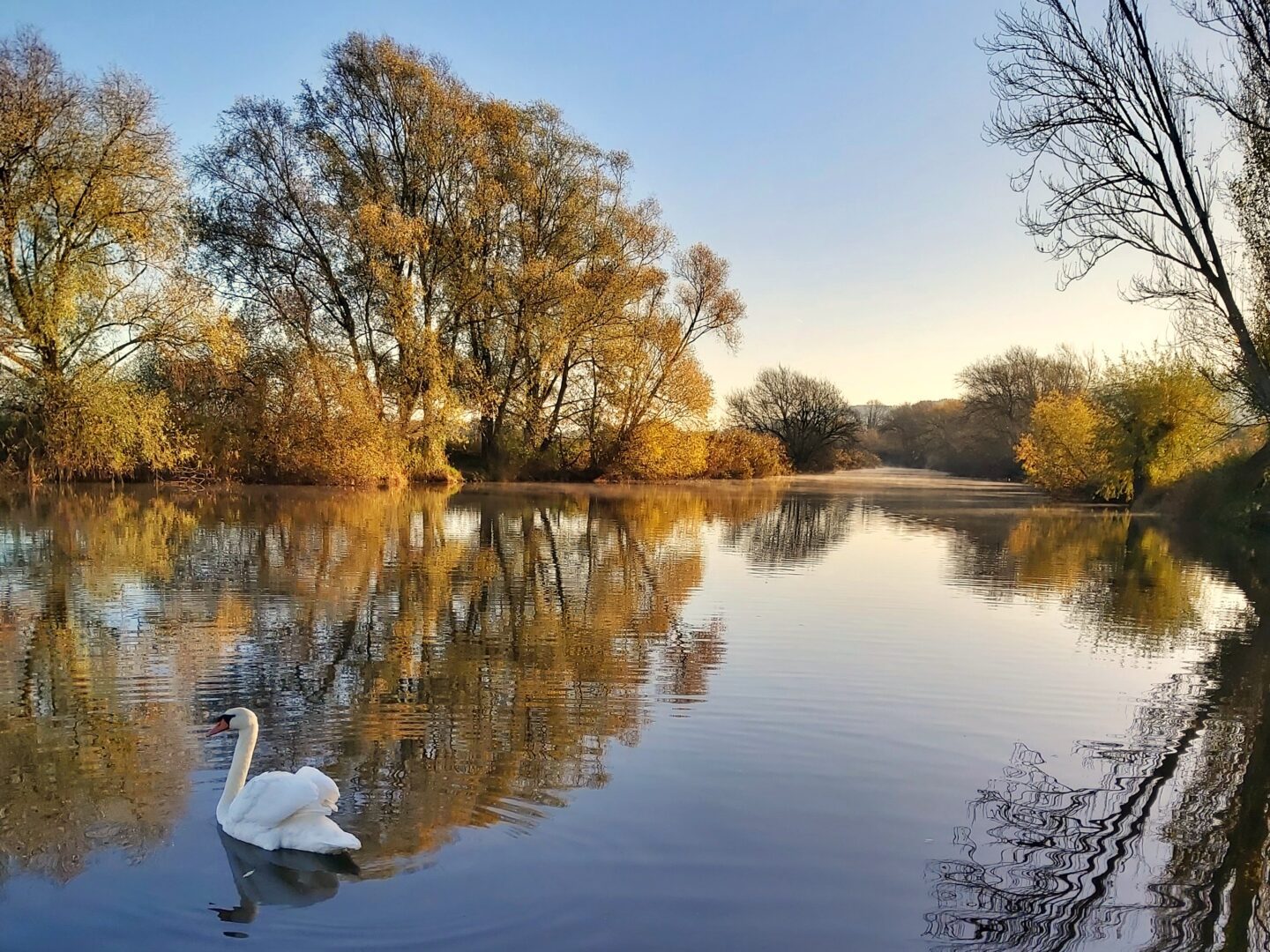
Eating and drinking
After walking, I always feel ready for a hot drink and something to eat. Like the walk, this has become part of the experience for us. We usually swim in the morning and get a cooked breakfast afterwards. I drink a couple of cups of hot coffee and feel thoroughly warmed up by the time we’ve finished. If that’s not your thing, many people swear by hot chocolate, tea or herbal tea after a swim. Lots of swimmers make a pot of porridge that they take in a flask for afterwards. And of course, cake is always a popular option too.
Warming up after cold water swimming: When to take a bath or shower
For a useful article about after drop, Simon Griffiths from Outdoor Swimmer magazine visited the Extreme Environments Laboratory at Portsmouth University. He explains that taking a hot shower straight after a cold swim makes cold blood go to your core, which can decrease your core temperature and therefore increase after drop. Some swimmers have even fainted in hot showers. He advises showering after you’ve warmed up. This is advice I always follow, usually waiting at least a couple of hours before having a hot shower or bath. You will know yourself whether you have warmed up properly and it’s not advisable to take a hot shower or bath before you do.

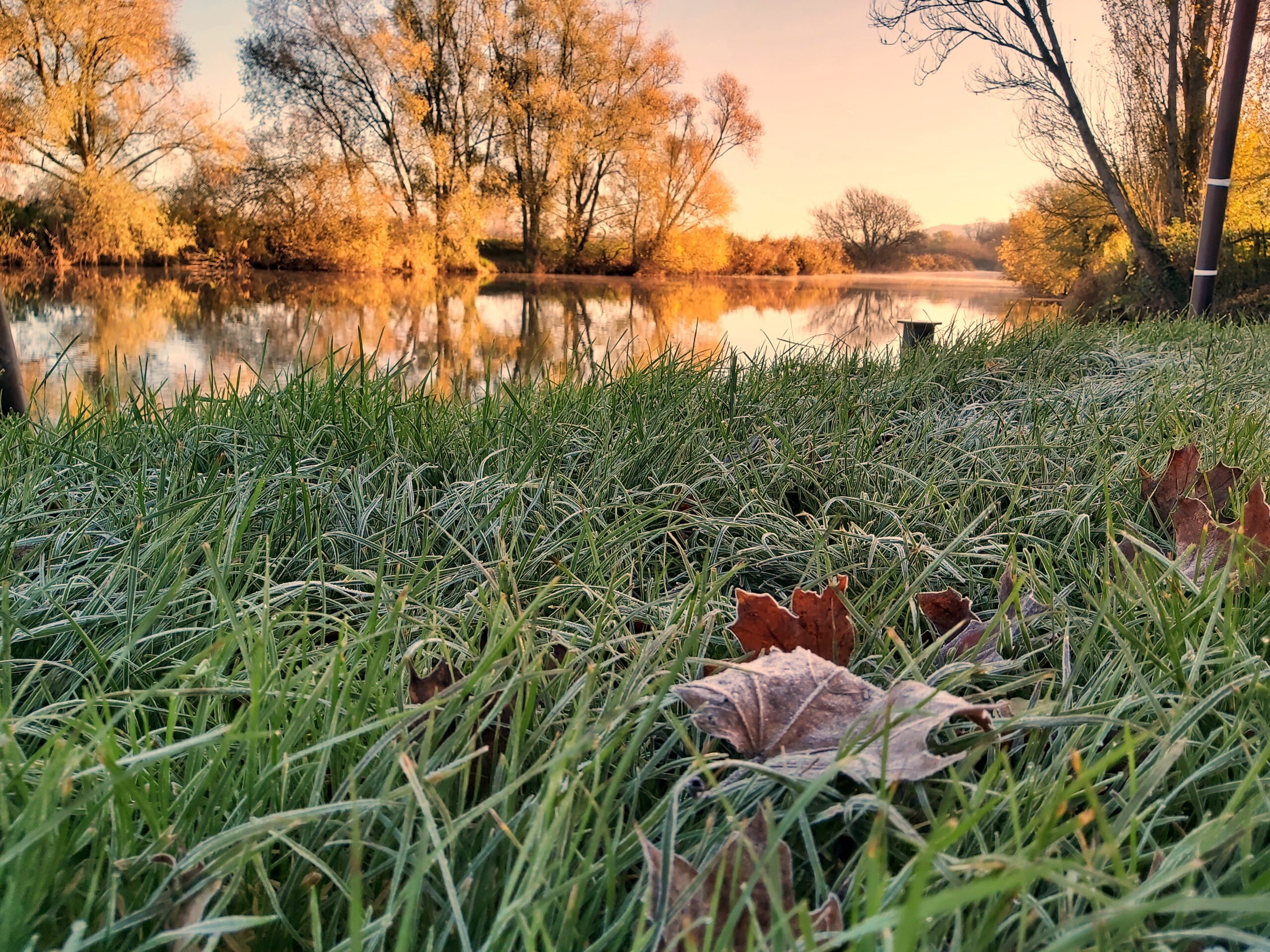
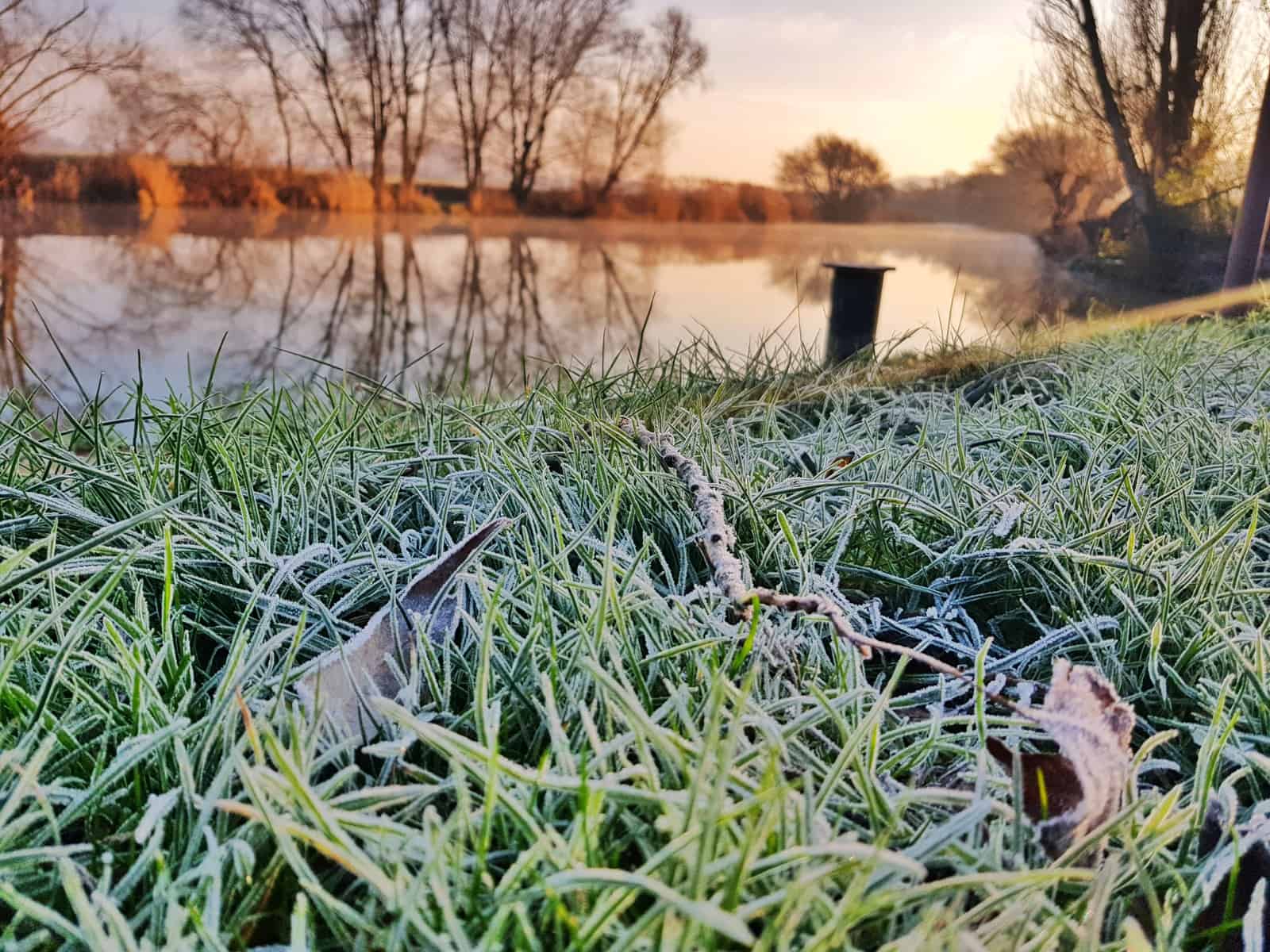
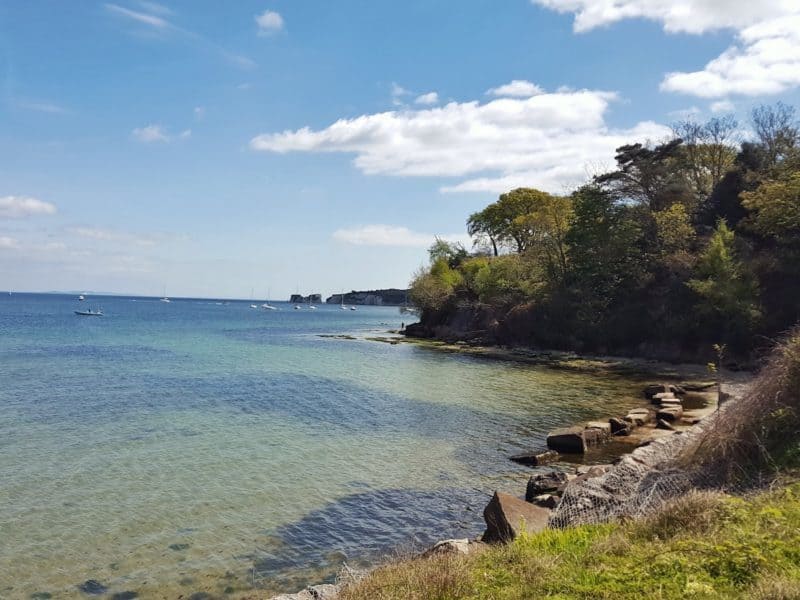

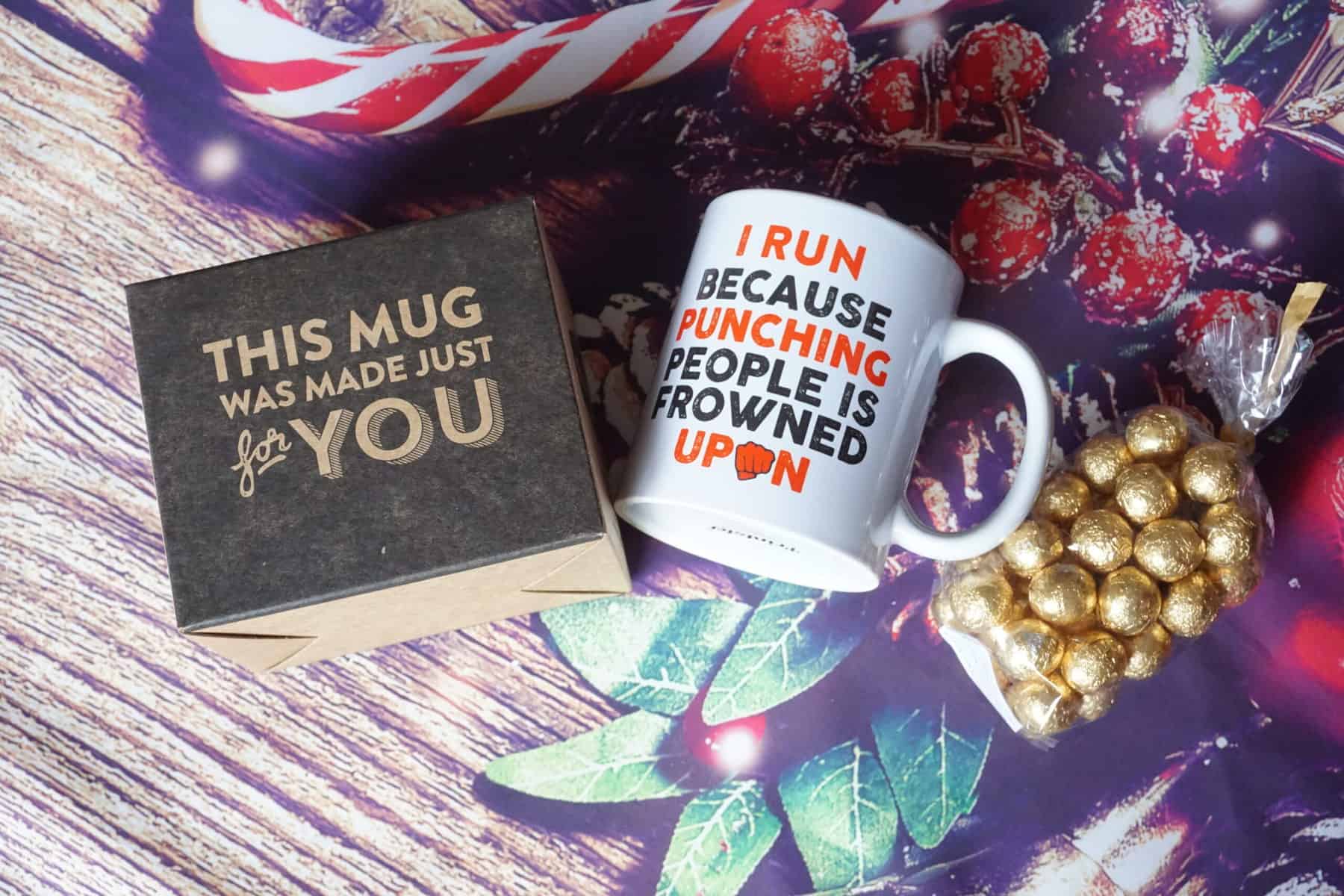
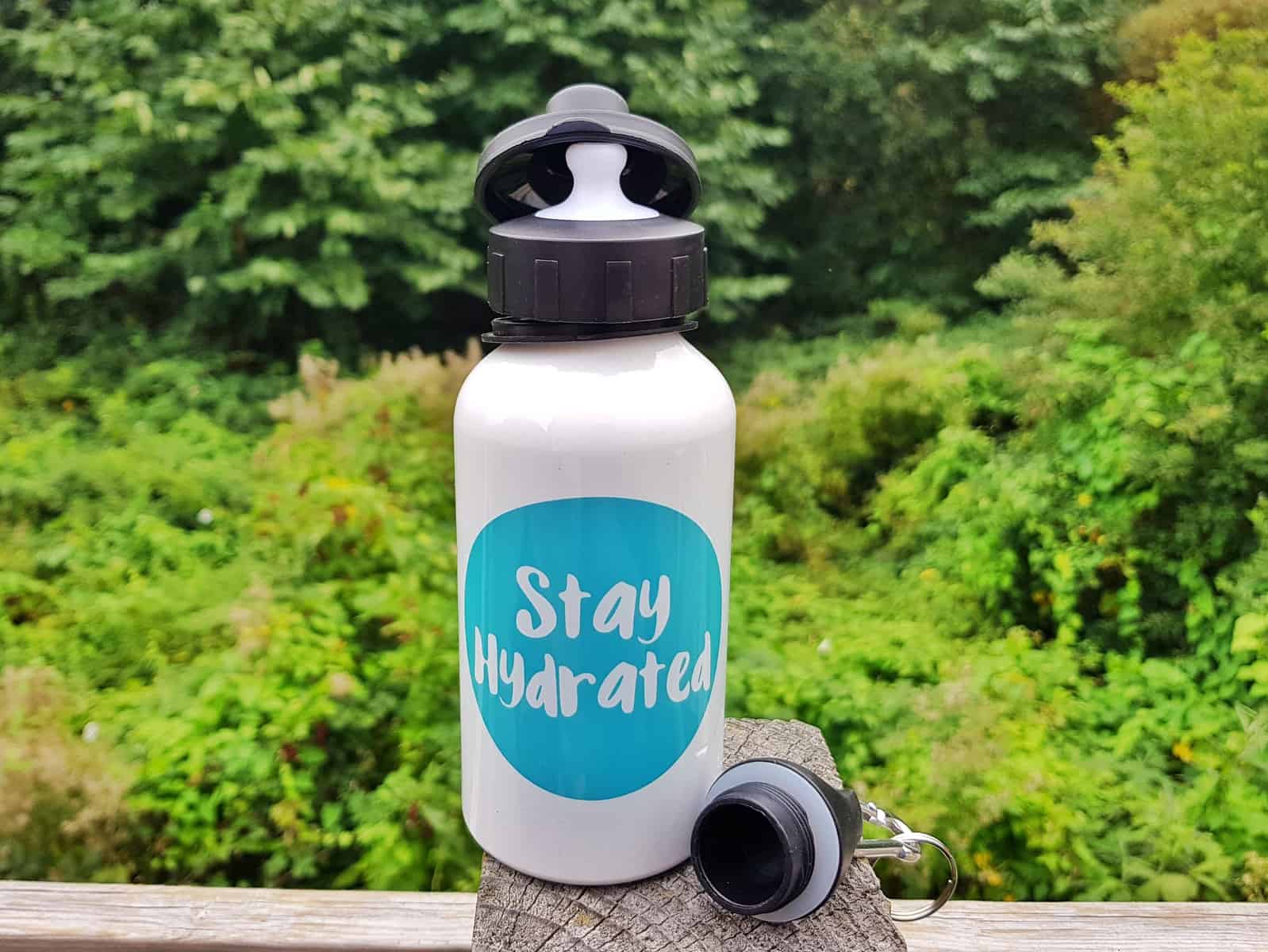

Really useful advice from personal experience thank you
Thank you Gulab, I’m so glad you found it helpful 🙂
This is a useful article, thanks. I particularly like the list of what order to get dressed in – very helpful. Do you have any suggestions/ recommendations for a t-shirt or vest you can step into? I’ve been looking but haven’t found anything yet.
Thanks for your comment Anthony. I tend to just go for a v-neck or scoop neck t-shirt but I’m not sure whether men’s t-shirts to step into may be a little harder to find? The alternative is to use an old t-shirt and cut it I suppose?
Thanks for your reply Natalie. I certainly haven’t found a suitable men’s top yet – I’ll have to ask my wife if she’s got anything I can use. If not, then it’s time to get the scissors out.